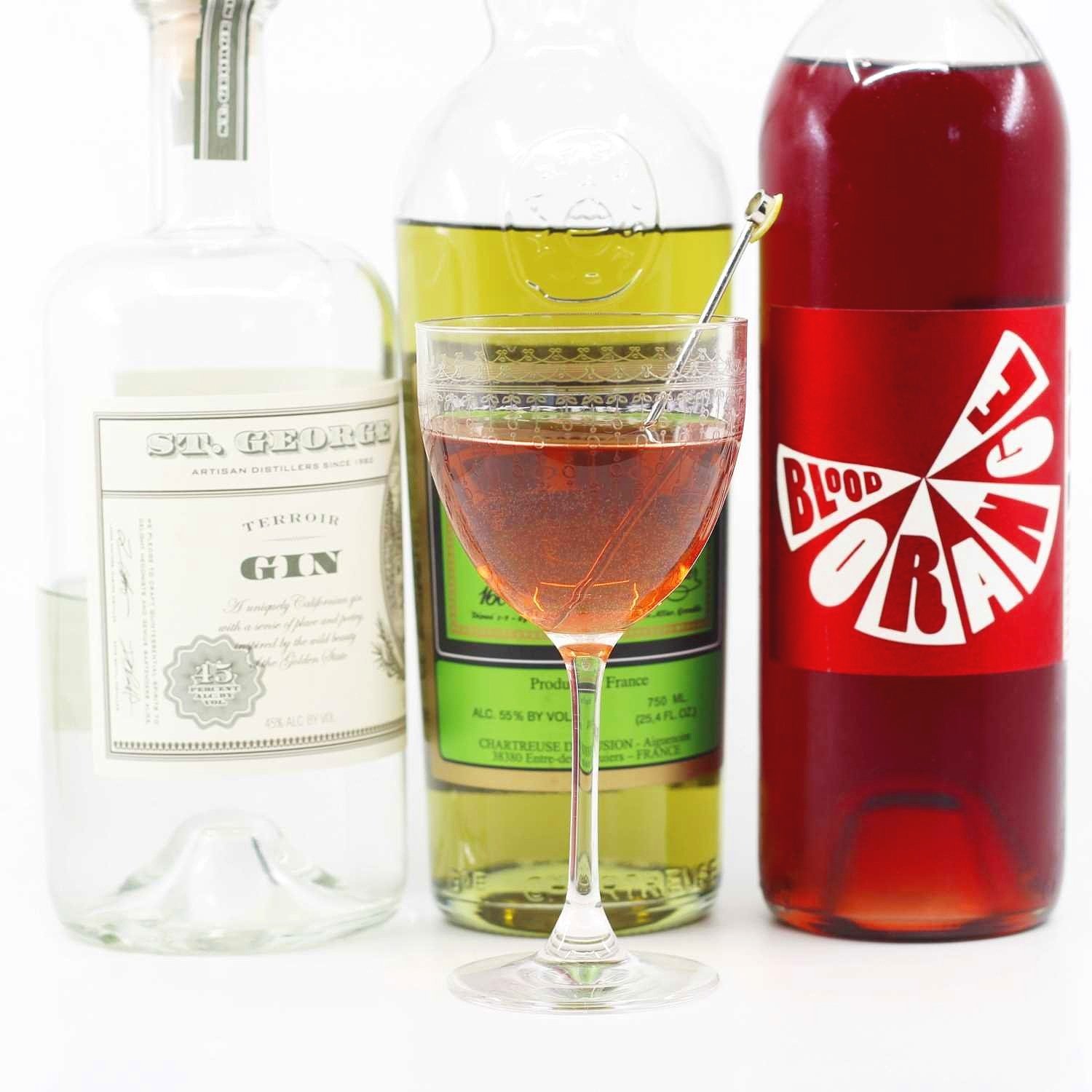Bijou
Bijou cocktail by Harry Johnson c. 1880
Our toast takes us back in time to the turn of the twentieth century, during the heyday one of the most influential bartenders in history, Harry Johnson. Fortune favored Johnson as a young sailor, in disguise, for he was left in San Francisco in 1861 by his ship, to recover from a broken arm at sea. Here he worked his way up at the Union hotel to become a bartender, and met the flamboyant Jerry Thomas, the father of mixology, who became his lifelong rival. Johnson’s New and Improved Bartender's Manual, or How to Mix Drinks in the Present Style, published in 1882 and having many subsequent updates, was the first cocktail book to describe how to start and manage a bar, and how to actually be a good bartender. This ultimately led to his second career, as a bar management consultant, the first in history.
this one is a jewel
Of his many claims to fame, the Bijou cocktail is one that stands out in history. In the 1880s, around the time of his landmark book, bartenders in the US turned to European aperitifs and cordials to brighten their color palettes and introduce exotic new flavors to their cosmopolitan clientele. Sweet red vermouth, and pale green Chartreuse, were literal gems in the glass which dazzled the crowd. In Johnson’s hands, he combined equal parts of these bold spirits with gin, evoking diamonds, and rubies, and emeralds. He named the drink “Bijou”, after the French for jewel. The drink resurfaced one hundred years later thanks to the father of the modern cocktail renaissance, Dale DeGroff, who fittingly brushed off the old recipe and resurrected it with more modern proportions. Serve it stirred and up, traditionally with a cherry, and let it transport you back in time. Cheers!
crown jewels
Bijou by Harry Johnson c. 1880, adapted by Dale DeGroff c. 1980
1 ½ oz gin
½ oz sweet vermouth
½ oz green Chartreuse
1 dash orange bitters
Lemon peel, cherry
Stir ingredients with ice and strain into a favorite glass. Express lemon peel oil over the drink, and add a brandied cherry to the glass.
explore more:



